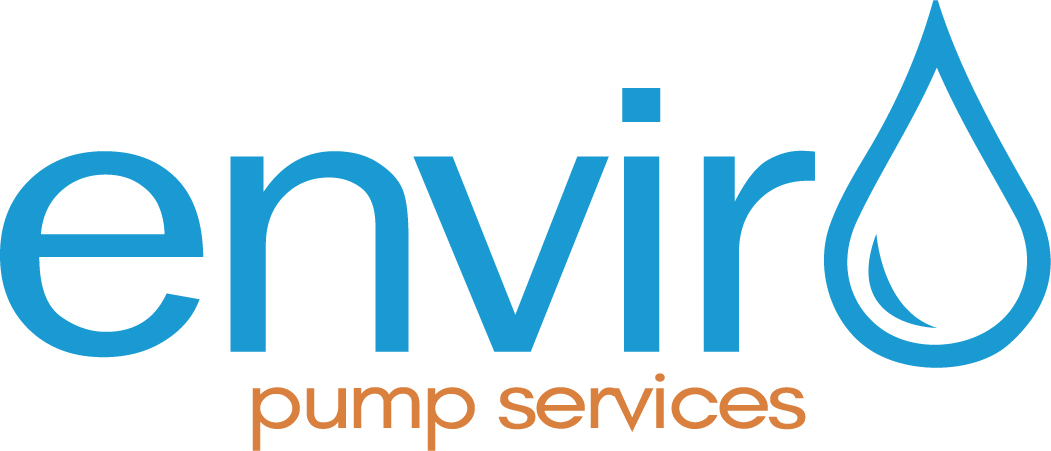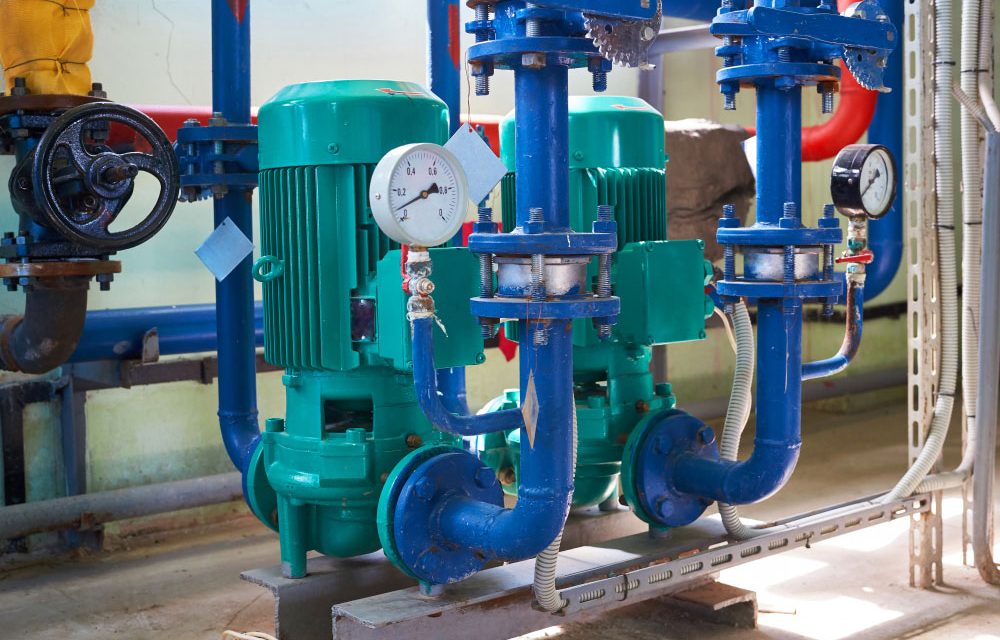Installing a pump may seem like a straightforward task, but it requires careful planning, precise execution, and adherence to safety guidelines. Neglecting proper pump installation can lead to various issues, including reduced efficiency, frequent breakdowns, and potential environmental hazards. In this comprehensive guide, we will discuss the essential steps to avoid common mistakes during pump installation, ensuring optimal performance and longevity. By following these guidelines, you can save time and money and avoid unnecessary headaches.
1. Pre-Installation Preparation
A. Choosing the Right Pump: Before proceeding with pump installation, it is crucial to select the right pump for your specific application. In Australia, various pump types are available, including centrifugal pumps, submersible pumps, and positive displacement pumps. Consider factors such as the required flow rate, pressure, fluid properties, and environmental conditions. Consulting with experts at Enviro Pump Services in Sydney can provide valuable insights and recommendations tailored to your needs.
B. Planning and Design: Thorough planning and design are vital for a successful pump installation. Start by assessing the system requirements and specifications, including the desired performance parameters. Calculate the required flow rate and pressure to ensure the pump can handle the demand. Additionally, consider the optimal location for installation, taking into account accessibility, space requirements, and noise considerations.
C. Gathering Necessary Tools and Equipment: To ensure a smooth installation process, gather all the necessary tools and equipment beforehand. This may include wrenches, pipe cutters, couplings, thread sealants, and electrical testing devices. It is also crucial to wear appropriate safety gear, including gloves, safety glasses, and protective clothing, to minimise the risk of accidents during installation.
2. Installation Process
A. Site Preparation: Preparing the installation site is a critical step. Ensure the area is clean, level, and free from debris that could interfere with the pump’s operation. Check for potential obstacles, such as pipes, cables, or other equipment, and make necessary adjustments. Adequate site preparation contributes to efficient pump performance and reduces the risk of damage or accidents.
B. Proper Piping and Connections: Correct piping and connections are crucial for optimal pump performance and longevity. Select piping materials suitable for the specific application, considering factors such as corrosion resistance, pressure rating, and fluid compatibility. Ensure proper pipe sizing and alignment to avoid restrictions that can hinder flow and cause unnecessary stress on the pump. Use appropriate seals and secure connections tightly to prevent leaks.
C. Electrical Connections: Proper electrical connections are essential for the safe and efficient operation of the pump. Adhere to Australian electrical standards and guidelines when wiring and grounding the pump. Ensure proper wire sizing, use appropriate conduit for protection, and employ proper grounding techniques. Thoroughly test electrical connections using electrical testing devices to verify their functionality before powering up the pump.
D. Priming and Start-up Procedures: Priming the pump is a critical step to remove air from the system and ensure proper water flow. Follow the manufacturer’s instructions on priming methods specific to your pump type. Once the pump is primed, follow the start-up procedures outlined in the manufacturer’s manual. Monitor the system closely during the start-up phase, checking for any abnormal noises, vibrations, or leaks. Adjust settings as necessary to achieve optimal performance.
3. Common Mistakes to Avoid
A. Inadequate Planning and Design: Rushing through the planning phase can lead to costly mistakes. Take the time to accurately assess system requirements, ensuring the pump is suitable for the application. Consider factors such as flow rate, pressure, and fluid properties. Neglecting to calculate these parameters correctly can result in an undersized or oversized pump, leading to poor performance or premature failure.
B. Improper Installation Techniques: Incorrect pipe sizing or alignment can create bottlenecks, reducing pump efficiency. Ensure the pipes are appropriately sized, considering factors such as flow velocity and friction losses. Improper sealing of connections can lead to leaks, compromising system integrity. Follow the manufacturer’s guidelines and use high-quality seals to prevent leaks and subsequent damage to the pump or surrounding environment. Additionally, pay attention to electrical connections, ensuring they are correctly wired, grounded, and tested for safety and functionality.
C. Neglecting Safety Precautions: Safety should always be a top priority during pump installation. Neglecting to wear appropriate safety gear, such as gloves and safety glasses, can result in personal injury. Disregarding electrical safety guidelines can lead to electrical shocks or other hazards. Always refer to Australian electrical standards and guidelines for safe installation practises. Additionally, follow the manufacturer’s instructions and warnings to minimise risks and ensure a safe working environment.
4. Troubleshooting Tips
A. Identifying Common Pump Issues: Even with proper installation, pumps may experience issues over time. Familiarise yourself with common problems such as pumps not starting, inadequate flow or pressure, unusual noises or vibrations, and leaks. Understanding these issues will help you troubleshoot more effectively.
B. Step-by-Step Troubleshooting Guide: When troubleshooting pump issues, it is crucial to approach the process systematically. Start by identifying potential causes, such as electrical problems, clogged filters, or impeller damage. Refer to the manufacturer’s manual or seek professional assistance from Enviro Pump Services in Sydney for detailed troubleshooting steps and solutions specific to your pump model.
Proper pump installation is essential for optimal performance, longevity, and safety. By following this comprehensive guide, you can avoid common mistakes and ensure a successful pump installation. Remember to prioritise planning and design, use proper installation techniques, and adhere to safety guidelines and Australian electrical standards. Should you need further assistance or professional pump services, consider consulting Enviro Pump Services in Sydney, a reputable provider of pump installation, maintenance, and repair services.


